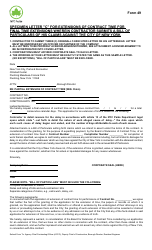


In Argentina, the National Campaign for the Right to Legal, Safe, and Free Abortion was extremely multifaceted: there was of course the legislative aspect that folks may be most familiar with-they presented their bill to the government for debate and voting many many times over the course of years, until it was finally passed and became law-but there was also so much more, and I don’t think we would have the seen that victory without these other components. The experience of Argentina, as well as that of other countries such as Mexico, actually shows that you can’t do one without the other. I think there’s a tendency on the left in the US, at least one that I have felt, especially when it comes to the issue of abortion, to counterpose the building of independent infrastructures, which often provide direct material and affective support, such as helping people get abortions, and the idea that we should demand things from the state (i.e., our right to abortion codified into law).
#Bill of particulars ny full#
I don’t have time to go into the full history of the fight-I have an essay in the latest issue of Spectre that goes deeper into this history for those interested-so instead I wanted to touch on two main points that I think are crucial in thinking about the lessons we can draw on and be inspired by as we begin a new phase in the fight for abortion and reproductive justice in this country.įirst, I want to argue that the Argentinian abortion movement’s building of its own infrastructures was critical for its victory.

Camila Valle: I know people are probably thinking about what just happened to our right to abortion and reproductive healthcare in the US, which other speakers will go into tonight, but I wanted to start with a historic victory in a different part of the world: that of the Argentinian abortion movement, which won legalization at the end of 2020-and not just legalization, but free abortion as part of their socialized healthcare system.


 0 kommentar(er)
0 kommentar(er)
